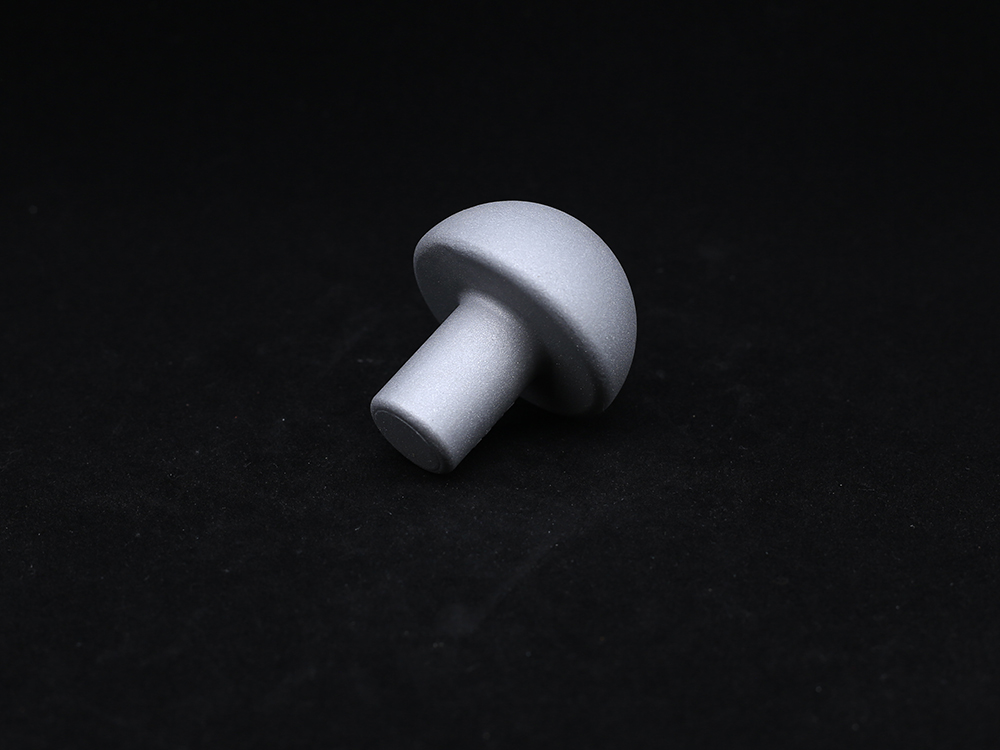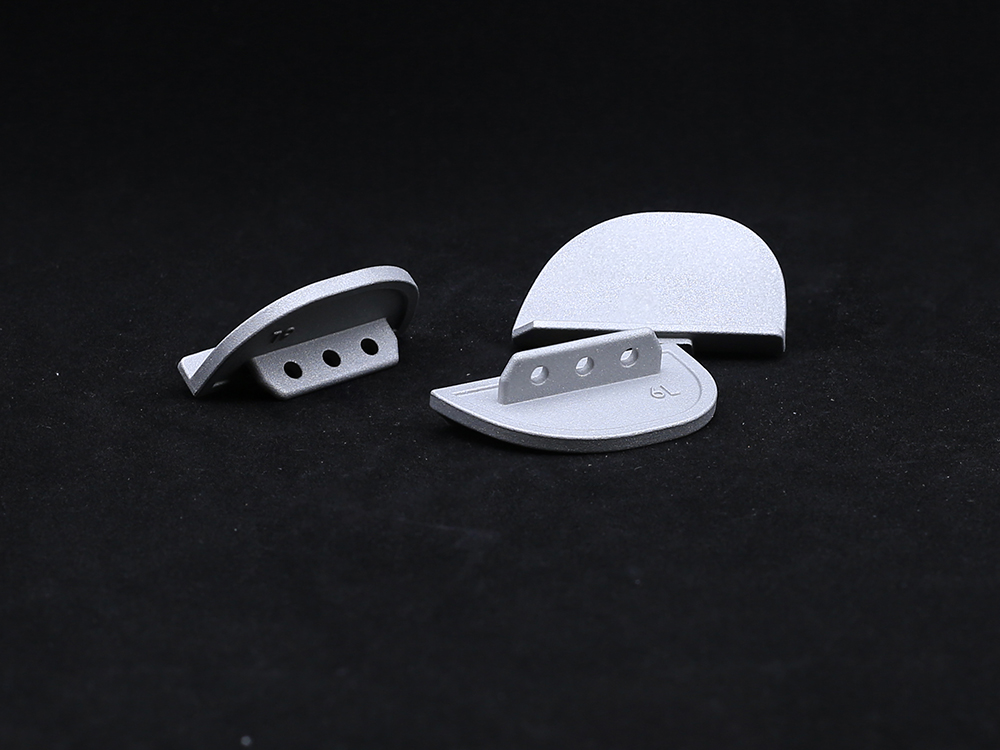Experts explain when your knee pain indicates you need extra support.
If you’re experiencing knee pain, you might consider wearing a knee brace for running. But should you? The answer really depends on the severity of your injury, according to experts. Artificial Joints

“A brace generally applies pressure around different structures of the knee to try and help alleviate pain or provide support for the stability of the knee,” Lauren Borowski, M.D., sports medicine specialist at the Center for Women’s Sports Health at NYU Langone tells Runner’s World.
The catch: It can be difficult to distinguish if your knee pain truly calls for the extra support. You can use a knee brace for runner’s knee but there are so many different kinds of braces out there—how do you know which one to pick?
We spoke with William Kelley, D.P.T, C.S.C.S., owner of Aries Physical Therapy in Fort Lauderdale, Florida, and Borowski to find out when you should wear a knee brace for running, how to select the right one, and if your knee pain may signal a visit to the doctor.
In general, wearing a brace for running is best utilized under the guidance of professionals who can help pinpoint the root of your knee pain. For runners, a knee brace can be a solid temporary addition—along with physical therapy—to correct any underlying issues that led to the knee pain in the first place, Kelley explains.
If you’re considering trying a knee brace on your own, think about how the pain started. “If there hasn’t been an acute injury and the pain gradually started, it might be worth trying a brace,” Borowski says.
Again, the best method to finding the right knee brace involves consulting a doctor before trying out any the brace to ensure you’ve found the right one for you.
“The recommendation of a professional such as a doctor of physical therapy, orthopedic doctor, or sports medicine doctor are going to be your most trusted recommendations,” Kelley says. “Amazon reviews may give you a good brand, but brace use really needs to be at the discretion of a professional.”
In general, knee braces get categorized into three types:
A compression sleeve offers the lowest level of support. These are usually the first type that most runners seek out and are generally safe to slip on when you experience any kind of pain.
This type of brace is just a tight sleeve around the joint that limits the buildup of swelling and improves self-movement of the joint in space.
While this brace is the least cumbersome, it’s also the least supportive, Kelley explains.
“When it comes to brace recommendation, I am generally okay with the compression brace whenever a patient wants to start using it. If they perceive it to be helpful, there is no harm in wearing one,” Kelley says.
The next level of support is the patellar brace. It helps guide the patella (knee cap) to track in a straighter pattern and to take pressure off the tendon.
“It is like the sleeve but with a thickened portion that acts on the kneecap. These are commonly used with patellofemoral pain and with patellar tendon issues,” Kelley says.
Additionally, “If the front of the knee hurts on the center part of the knee [the patellar tendon], you may want to try a patellar counterforce brace that applies some pressure directly to that tendon,” Borowski suggests.
The top level of support is the medial/lateral support braces. These have strong, hinged portions that help prevent the knee from caving in and out.
“They are used to protect the ligaments of the knee, specifically the medial and lateral collateral ligaments, against sprains and tears,” Kelley said. “They also protect the ACL by protecting against rotational forces as well. These are usually made of hard plastic, have straps, and are the bulkiest of the bunch.”
Additionally, for meniscus injuries, there is an “off-loading” brace that takes pressure off of the medial or lateral meniscus after a meniscus injury, a surgery, or when arthritis is involved.
Of course, a knee brace for running won’t be able to fix all your lower-body ailments, and there are times you shouldn’t opt for one.
“If someone has an acute injury or trauma to the knee, like a fall or a twist of the knee, it is best to check in with a doctor and make sure nothing more serious is going on,” Borowski says. “If you notice persistent swelling, the inability to fully bend or straighten your knee, or if the pain worsens as you get further into the run and isn’t something that tends to go away as you warm up, it’s time to see a doctor.”
Also, using a brace just for the sake of it is also not advised.
“Once brace use begins, the structures it is protecting just become further impaired, and the person becomes continually more reliant on the brace as time goes on,” says Kelley. “Brace use just further magnifies deficits and can create deficits where none exist if a brace is used when not needed.”
A better way to protect yourself from injury and pain is working to gain the strength, mobility, and control needed to run safely without a brace.
Knee braces can be a great tool to keep you pain-free while running, but if you rely on them consistently, it may signal a deeper issue.
“I generally try to make them a temporary stopgap until pain-free function can be returned without the use of one, with the exception of the older runner with chronic pain that is trying to prolong time until surgical intervention is needed,” Kelley says. “At that point, they can use the brace as long as it keeps them comfortable and running well. And of course, these are for the braces above the level of the compression sleeve. To reiterate, those are always fine to use.”
If you find yourself consistently needing a knee brace to help with pain, and you haven’t seen a doctor yet, considering visiting your physician or a physical therapist to find the root of the problem.
“Knee braces can be used long-term if it is helpful, but if the pain is lasting more than a few months, it is worth getting checked out to make sure nothing more serious is going on and that it is okay to continue running in the first place,” Borowski said.
Some people can run through knee pain, but for others, it may indicate that you should explore other cross-training options.
“Utilize variance of training at the first sign of knee pain to attempt to cut it off early,” says Kelley. “Changing up training to a block of low- to no-impact activities, such as swimming and/or incorporating more strength training are just a couple ways that runners can make themselves a more well-rounded athlete, fill the cracks in their health and, more often than not, become even better at running in the process due to this cross-training strategy.”
Emily Shiffer has worked as a writer for 10 years, covering everything from health and wellness to entertainment and celebrities. Her work has been featured in Women's Health, Runner's World, PEOPLE, and more. She lives in Charleston, South Carolina.
What’s the Best Solution for Runner’s Knee?
What Every Runner Should Know about Fascia
Is Running Bad for Your Knees? Here Are the Facts
Should I Stop Running After a Joint Replacement?
How to Prevent and Treat Achilles Pain
The Difference Between Flexibility and Mobility
5 Products for Knee Pain That Actually Work
Here’s How I Returned to Racing After Knee Replacement
I Tried a $120 Product for Knee Pain Relief. Here’s What Happened
Knee Arthritis Has Doubled... And It’s Not Because of Running
A Part of Hearst Digital Media
We may earn commission from links on this page, but we only recommend products we back.

Human Knee Anatomy ©2023 Hearst Magazine Media, Inc. All Rights Reserved.